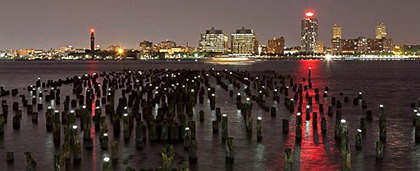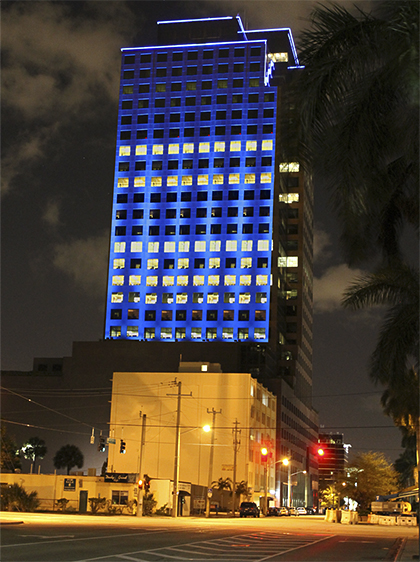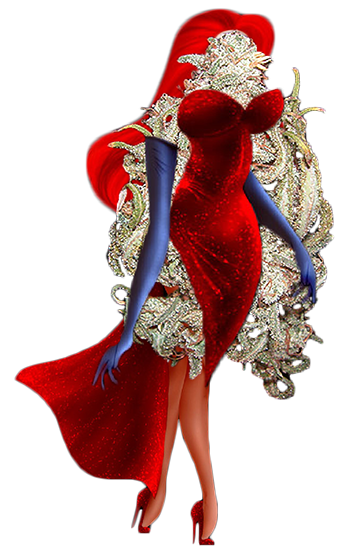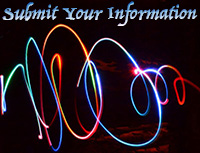The LED Lighting Revolution
LED lights are the latest and most exciting technological advancement in the lighting industry. LED lighting differs from incandescent and compact fluorescent lighting in several ways. When designed well, LED lights are more efficient, durable, versatile, longer lasting, and LED’s are available in a wide variety of vibrant colors. LED lighting instruments use light emitting diodes to efficiently produce light. An electrical current passes through semiconductor material, which illuminates the tiny light sources we call LED's and the heat produced from the process is absorbed into a heat sink. Fluorescent lights contain a small amount of mercury, which is extremely hazardous to both humans and the environment. If mercury is ingested or inhaled it can cause serious complications and must be disposed of safely. LED's are completely safe and do not contain any poisonous materials therefore they do not contribute to pollution.
More Advantages Of Wireless Lighting Controls
- Wireless lighting controls have many lighting choices, a reduced cost, and a more reliable system.
- A wireless network saves you on the cost of wiring and maintenance, not to mention it frees you from the clutter of wires.
- Intelligent lighting allows you to control the amount of light needed for your particular space and comfort level, while maintaining a high level of efficiency. You can adjust the control settings for a specific zone or facility as well.
- Wireless lighting allows you to control the conservation of money, while increasing the overall productivity with energy-efficient controls that manage themselves.
- Operating expenses are reduced with the increased sustainability of wireless lighting controls.
- Smart lighting control stations enable you to monitor energy usage in various locations or branches. In fact, remote global schedules can be applied.

It Pays To Make The Switch
We represent a national contractor that assists commercial, industrial, institutional, hospitality, and retail clients located within the U.S. and Canada in their efforts to conserve energy and reduce operating costs. This is accomplished by designing and installing energy efficient alternatives to existing inefficient lighting equipment. The overall maintenance involved and the improvement of the aesthetics of the environment are key points that are addressed before a retrofit is implemented. As an added value, we can direct businesses towards available financial programs that compare the energy savings businesses receive and the monthly costs of financing. Businesses are also lent a helping hand from assisting or controlling local utilities and federal tax/rebate programs. Considering today's national energy crisis, it is imperative to reduce operating costs, conserve energy, and protect the environment. This may sound complex, but it is quite simple. All you need to do is change out the bulbs. No rewiring is necessary and a wireless network saves you on the cost of wiring and maintenance, not to mention it frees you from the clutter of wires. The LED bulbs we use are perfect for your interior, exterior, and signage lighting needs. All of the LED tubes have frosted lenses that completely eliminate striations and unwanted shadows, which means that the overall light output is uniform across the entire surface area. Upon request, a cost energy analysis can be created that depicts the total savings you will be receiving along with the total cost of switching to LED lighting. It’s truly a win-win situation that many satisfied customers enjoy on a daily basis. Our excellent customer service will guide you every step of the way and pending a credit check, no payments are due for ninety days so it really pays to “go green” and make the switch over to LED lighting.

The Breakdown
Induction and LED bulbs are considered to be long lasting and low maintenance, which makes them the two most common retrofit choices for interior and exterior lighting. Both of these bulbs also have a higher lifespan than other types of lighting, which ultimately makes LED and induction bulbs two of the most popular lighting selections available. They are often used in wall packs, light poles, street lights, tunnels, parking ramps, parking lots, garages, and many other outdoor lighting systems that are more difficult to maintain. This includes any lighting system that presents a challenge when the light bulbs need to be changed out on a regular basis. Fluorescent bulbs are commonly used inside stores, warehouses, and other similar places. LED’s (Light Emitting Diodes) are becoming more and more popular amongst businesses, commercial buildings, and residential homes. They are becoming the best alternative to conventional lighting due to their longevity and efficiency. LED’s project light through the flow of electrons in a semiconductor material made of positively and negatively charged parts. In other words, when the light is turned on, the electrons flow through holes in the material from a negative to a positive layer, which then creates light. Due to this process, the LED lighting lasts longer since they are protected from the lumen that causes a depreciated life span. LED’s can last over 100,000 hours before the lumen depreciates down to the 30% mark of its life expectancy. Induction bulbs are similar to fluorescent bulbs. They are a mature product that delivers a desirable amount of energy efficiency, low maintenance features, and an extended life span. Even though they are still considered popular, they are unlikely to have any major improvements in the future. Either way, they are still widely used in many everyday locations. Induction bulbs create light by using electromagnetic fields that excite the mercury contained within to create light. Instead of using metal prongs, which often break, the powerful electromagnet positioned outside the bulb creates the light. Induction bulbs can last over 60,000 hours before the lumen depreciates down to the 35% mark of its life expectancy. Fluorescent bulbs are the most common form of light bulbs and they are found inside most locations. T5 and T8 fluorescent bulbs are the most commonly used and the “T” signifies the shape of the bulb, which is tubular. The number following the “T” usually signifies the diameter of the bulb in eighths of an inch. The T5 is 5/8th of an inch in diameter and has the highest amount of luminous efficiency in comparison to all of the other fluorescent bulbs, which is about 100 lm/W (lumens per watt). They are slightly shorter and require an adapter when retrofitting from a larger diameter fluorescent bulb. The T8 is one inch in diameter and the bulb has a lesser amount of luminous efficiency than the T5 and is produces roughly 80 lm/W of luminous efficiency. These bulbs are 40% larger than the T5 and can be used to replace the T12 without having to retrofit the socket. The T5 and T8 fluorescent bulbs have an average of life expectancy that ranges from 20,000 hours to 40,000 hours, depending on which type of bulbs are used (i.e. extended life lamps) coupled with consistent hours of operations.






